Birds of paradise are a group of incredibly beautiful and unique bird species native to Papua New Guinea, Indonesia, and Australia. These birds are famous for their incredible plumage, odd behaviors, and even further odd mating rituals! Each species is different from the next, and all are members of the Paradisaeidae family. Read on to learn about the bird of paradise.
Description of the Bird of Paradise
There are 42 different species of birds in the Paradisaeidae family. They have an extremely wide variety of colors, shapes, and sizes. Like most bird species, the male has bright and dramatic plumage (feathers), and the female has a much more drab appearance.
Some feather colors on males include any type of iridescence, bright blue, green, purple, pink, red, black, white, yellow, and brown. Many have drastic plumage configurations, including long tails, eye spots, and any number of indescribable feather patterns and arrangements.
Interesting Facts About the Bird of Paradise
Birds of paradise are undeniably beautiful, albeit strange, birds. They are incredibly flashy, outlandish, and unique creatures.
- Long Lived Birds – Very little is known about the wild lives of birds of paradise. They are native to very dense forests, and research is very difficult to conduct in their natural habitat. We know little about their wild lifespan, but birds in zoos can live up to 30 years!
- Frugivores – While we know very little about these unique birds, scientists believe many species are frugivores. This means that they eat mainly fruits and berries, and supplement their diets with other foods. They will also eat seeds, insects, small reptiles and frogs.
- Decoration and Survival – During the breeding season, female birds choose the brightest colored male birds – those with the most ornate plumage with which to mate. The most lavish looking birds are most likely to produce the strongest, healthiest babies. This is because it requires much more agility and vigilance to avoid predators with ridiculous colors and feathers!
- The Other Downside of Beauty – Gorgeous feathers doesn’t just attract animal predators. Humans have regarded birds of paradise as highly-valued specimens for years. Their gorgeous feathers are highly sought after in the fashion community. This hunting for feathers has pushed some species into the Endangered status.
Habitat of the Bird of Paradise
Birds of paradise are mostly found in dense forests. They have been recorded in swamps, moss forests, tropical rainforests, savanna woodlands, coastal mangroves, and more. These birds live mainly in the canopy of the forest, and search for fruit, insects, berries, and other prey among the treetops.
Distribution of the Bird of Paradise
The 42 different species that comprise these birds are distributed throughout Papua New Guinea, eastern Australia, and eastern Indonesia. The vast majority of species are found in the rainforests of Papua New Guinea.
Many species of birds of paradise have extremely restricted ranges, and can be found only in one small area in the entire world. Because of this, habitat destruction can potentially wipe out entire species very quickly.
Diet of the Bird of Paradise
Researchers believe that birds of paradise are mainly fruit eaters, but we know very little about the day-to-day lives of these creatures. It is believed that they eat mostly fruits and berries, seeds, insects, small reptiles, and amphibians.
Even species that prefer hunting insects will eat large amounts of fruit. Species that eat insects will hunt for food below the canopy, and species that feed almost exclusively on fruit will stay in the canopy.
Bird of Paradise and Human Interaction
Humans have hunted birds of paradise, when they could find them, for decades. The native people of Papua New Guinea have used plumage from birds of paradise in traditional garb and for ceremonies and rituals.
Hunting has been restricted, but deforestation remains a dire threat to many species of this bird, as they require dense forest to survive. As a result, many are restricted to very small ranges. The survival of these birds is almost entirely reliant upon saving their natural habitat.
Domestication
Birds of paradise have not been domesticated in any way.
Does the Bird of Paradise Make a Good Pet
These birds are protected, and it is illegal to own one as a pet. They are wild animals with very specific diets, and keeping one alive can be quite difficult.
Bird of Paradise Care
In zoos, birds of paradise must be provided with large aviaries to prevent feather breakage. They are given plenty of space for flight, and a wide variety of perches and plants to choose from. Their diet consists of commercial zoo pellets created for soft-billed birds, and it is supplemented with fruits and vegetables, crickets, and mealworms.
Behavior of the Bird of Paradise
Very little is known about the behavior of birds of paradise. It is believed they are solitary birds, and some species defend territories. Females will enter the males’ territories when they are receptive to breeding, and choose the most suitable mate.
Reproduction of the Bird of Paradise
Reproductive rates and habits vary widely by species. Some males build large, elaborate displays for females, perform acrobatic dances, or sing long and complicated songs. After the female chooses her mate, she will lay between one and three eggs depending on the species.
Most eggs will hatch within two to four weeks. The newly hatched chicks develop quickly, and will begin to learn to fly at around one month old. Female birds of paradise reach sexual maturity at around one year old, and males around two to three years old.


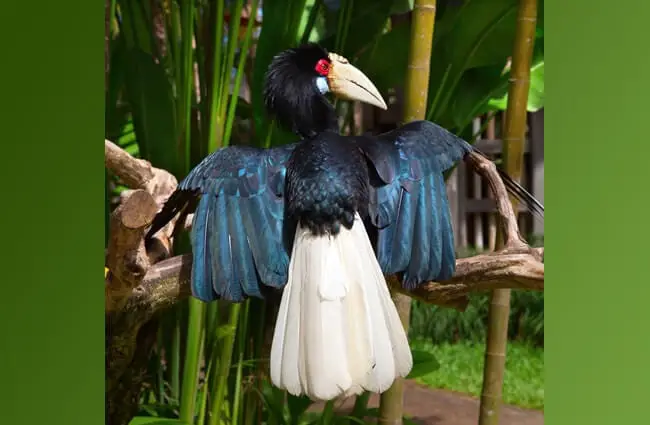
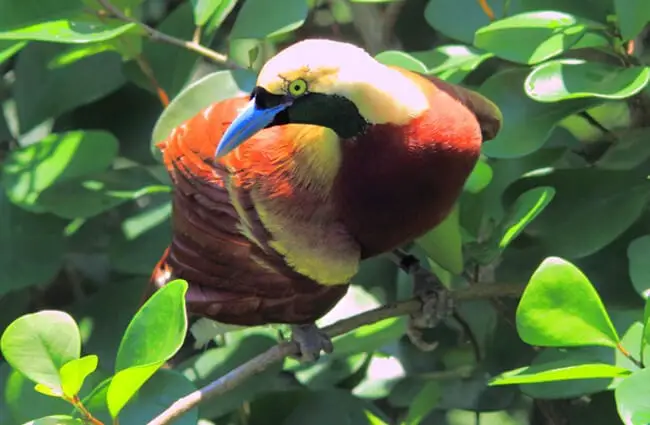
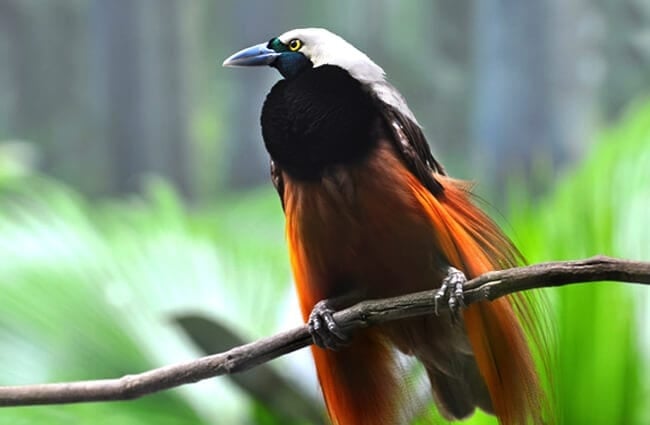

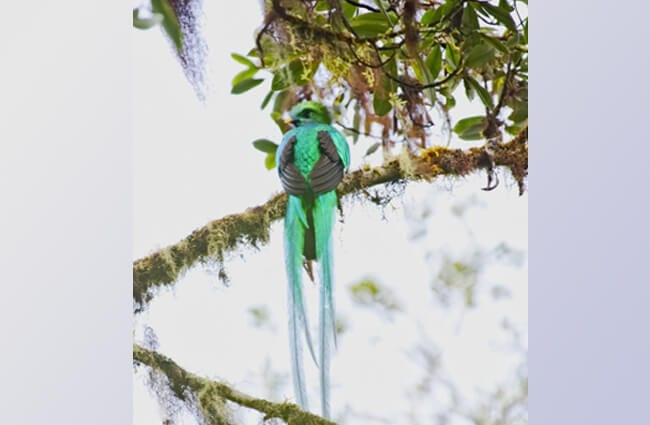

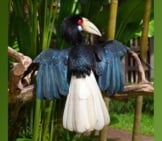
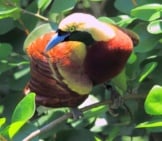
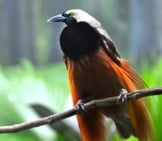

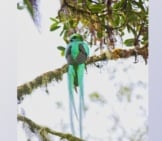
![Red Angus Closeup of a beautiful Red Angus cowPhoto by: U.S. Department of Agriculture [pubic domain]https://creativecommons.org/licenses/by/2.0/](https://animals.net/wp-content/uploads/2020/03/Red-Angus-4-238x178.jpg)












![Red Angus Closeup of a beautiful Red Angus cowPhoto by: U.S. Department of Agriculture [pubic domain]https://creativecommons.org/licenses/by/2.0/](https://animals.net/wp-content/uploads/2020/03/Red-Angus-4-100x75.jpg)

